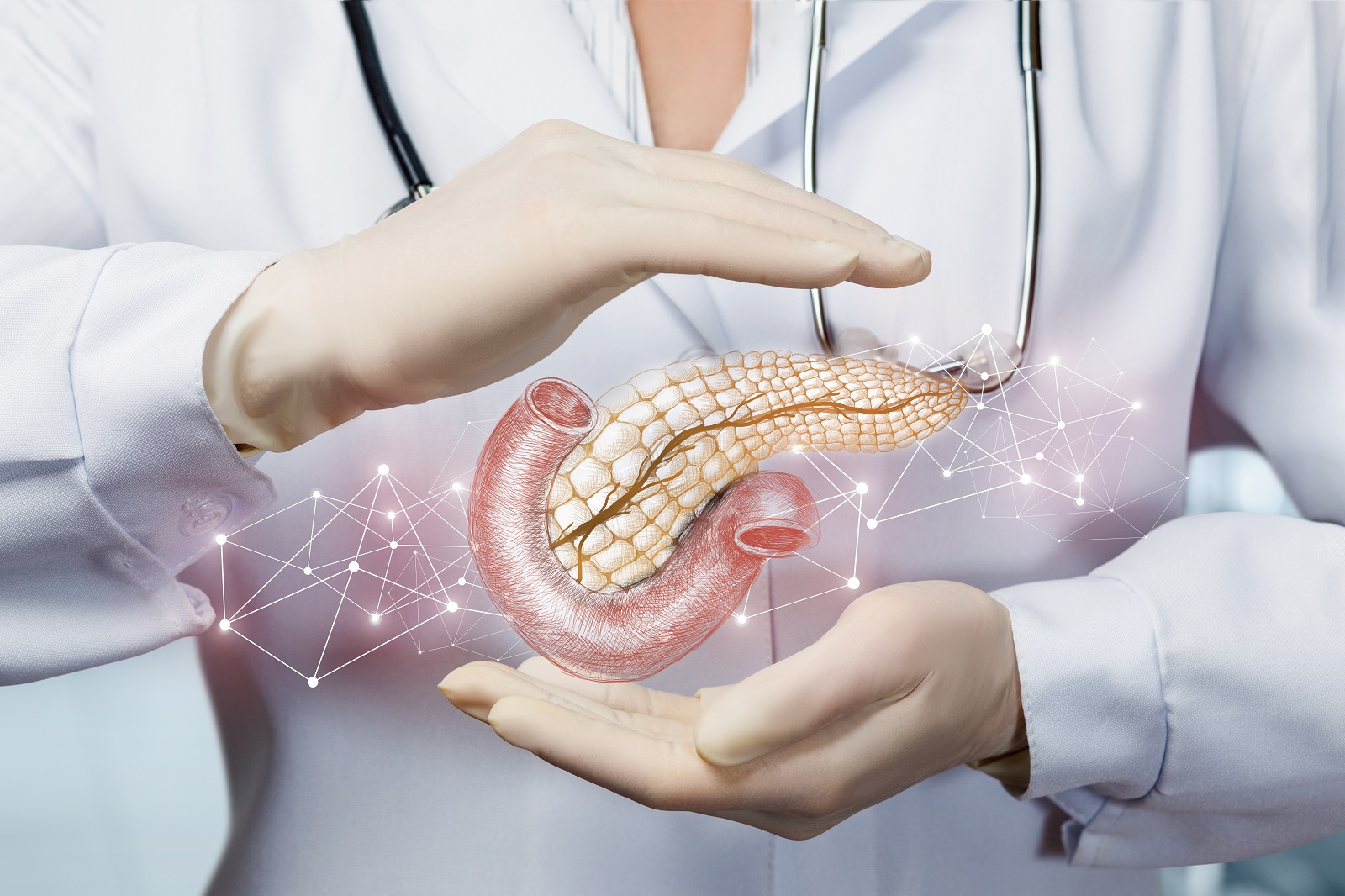Pancreatic cancer is a kind of cancer that results from the time the cells in the pancreas become out-of-control and develop into an actual tumor. It is one of the most deadly kinds of cancers, with a five-year survival rate of just 10 percent. In this piece, we will examine the causes, symptoms of the disease, treatment options, as well as ways to reduce your risk of developing pancreatic cancer.

Causes
While the nature of the pancreas-related disease is not fully understood, a number of risk factors have been recognized. Toxicology is the most significant threat factor to pancreatic cancer. People who smoke are three to four times more likely it as those who don’t. Other risk factors are obesity, age, familial history, genetic mutations or chronic pancreatitis. diabetes pancreatica.
Signs and symptoms
Pancreatic cancer typically does not cause any symptoms in its initial stages, which makes it difficult to diagnose. As the cancer grows it could cause symptoms such as:
Abdominal pain that radiates into the back
Loss of weight and appetite
Jaundice (yellowing skin and eyes)
Nausea and vomiting
Fatigue
It is crucial to seek medical treatment as soon as you feel any of these symptoms. It is essential to detect the symptoms early for successful treatment.
Diagnosis
Your physician might recommend multiple tests to prove that you suffer from pancreatic carcinoma. These tests can include imaging tests like CT scans, MRI scans, or ultrasound. Additionally, they may request taking a biopsy to take a small sample of tissue to analyze.
Treatment
The treatment of pancreatic cancer depends on the stage and location of the tumor, and also the patient’s overall health. The treatment options for pancreatic carcinoma include surgery, chemotherapy, radiation therapy, and other therapies.
Surgery is the most common treatment for pancreatic cancer, particularly when the tumor is located in the pancreas’s head. Surgery is designed to remove the cancerous tumor and surrounding tissue. Surgery is not always possible should the tumor be located in the body or the tail of the pancreas.
Chemotherapy makes use of chemicals to kill cancerous cells. It is usually used in conjunction with surgery or radiation therapy. You can have chemotherapy orally or intravenously. Its side effects include nausea vomiting, diarrhea, hair loss or even death.
The radiation therapy procedure is a high-energy radiation therapy which kills cancerous cells. It is used alone or in combination chemotherapy and surgery. Side effects of radiation therapy may include fatigue, nausea, and skin irritation.
Reducing your risk
There is no cure for pancreatic carcinoma However, there are actions you can take to reduce your risk. These are:
Quitting smoking is the most effective thing you can do to lower your chance of getting pancreatic cancer.
Weight maintenance for healthy weight: Obesity increases your risk of getting pancreatic cancer.
Eating a healthy diet by eating a balanced diet in fruits, vegetables, and whole grains could help reduce the risk of pancreatic cancer.
Limiting alcohol consumption: Excessive drinking has been linked with an increased risk of pancreatic carcinoma.
The management of chronic ailments The assistance of your physician will help reduce the risk of developing chronic condition like diabetes or pancreatitis.
Pancreatic cancer is a deadly disease that requires early detection and the most aggressive treatment. It is imperative to seek immediate medical attention in the event that you exhibit any indications of pancreatic cancer. It is possible to take control of your health by recognizing the dangers and taking steps to lower your chance of getting this deadly disease.
For more information, click pancreatic cancer donation